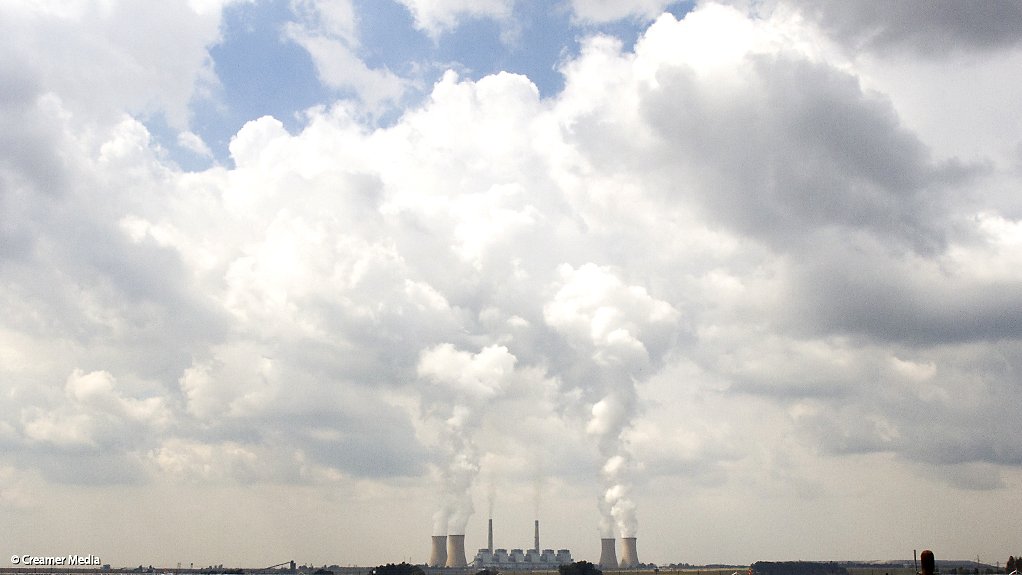Electricity Minister Kgosientsho Ramokgopa denies that the prevailing reprieve from loadshedding has been “stage managed” to improve the prospects of the governing African National Congress ahead of the May 29 poll, attributing it instead to “orchestrated” engineering efforts undertaken by Eskom over the past 18 months.
Speaking during a briefing that coincided with the fortieth consecutive day of no loadshedding and amid growing societal cynicism about the timing of such supply stability, the Minister also strenuously denied that the improved performance was because Eskom was relying more heavily on the diesel-fuelled open cycle gas turbines (OCGTs) that it owned as well as those operated by independent power producers (IPPs).
In April, when no loadshedding was implemented, Ramokgopa said that Eskom had spent R1.15-billion on diesel to produce 126 GWh of electricity from the Eskom and IPP OCGTs, representing a marked improvement on the R3.14-billion spent in April 2023 to produce 470 GWh.
Eskom had set aside R22-billion for diesel in 2024/25, having exceeded its R30-billion budget in 2023/24 by R3-billion.
Rather, the Minister attributed the improvement primarily to a recovery in the performance of the six coal stations of Kusile, Matimba, Majuba, Lethabo, Matla and Medupi, whose average energy availability factor (EAF) had recently climbed to above 60%.
“The year-to-date performance is currently at 58.99%, which is a notable improvement from the 53% EAF in the same period last year,” he said, indicating that on May 1 the EAF recovered to the 65% target set by the board for 2023/24, but which had not been achieved.
The financial support provided by the R254-billion debt-relief package, he claimed, had enabled Eskom to improve its maintenance performance, by providing the certainty required for planning outages and for buying the long-lead items needed during those outages.
However, Ramokgopa acknowledged that demand was also notably lower period-on-period, supported largely by a surge in rooftop solar installations to an estimated 5 400 MW. This, too, had provided Eskom with additional space to conduct maintenance and to replenish emergency reserves.
He dismissed notions of any “correlation” between the improved performance and the upcoming election, highlighting that the Energy Action Plan was announced in July 2022, and that implementation had started in earnest well before the date of the election was promulgated on February 20.
Ramokgopa said most of the recent disruptions to electricity supply were related to a collapse in municipal distribution infrastructure, which he said was deteriorating at a rate that was faster than initially anticipated.
He said a structural financial solution was required to address the problem, which was leaving residents in certain parts of the country without power for extended periods, in some cases several months.
EMAIL THIS ARTICLE SAVE THIS ARTICLE ARTICLE ENQUIRY
To subscribe email subscriptions@creamermedia.co.za or click here
To advertise email advertising@creamermedia.co.za or click here











